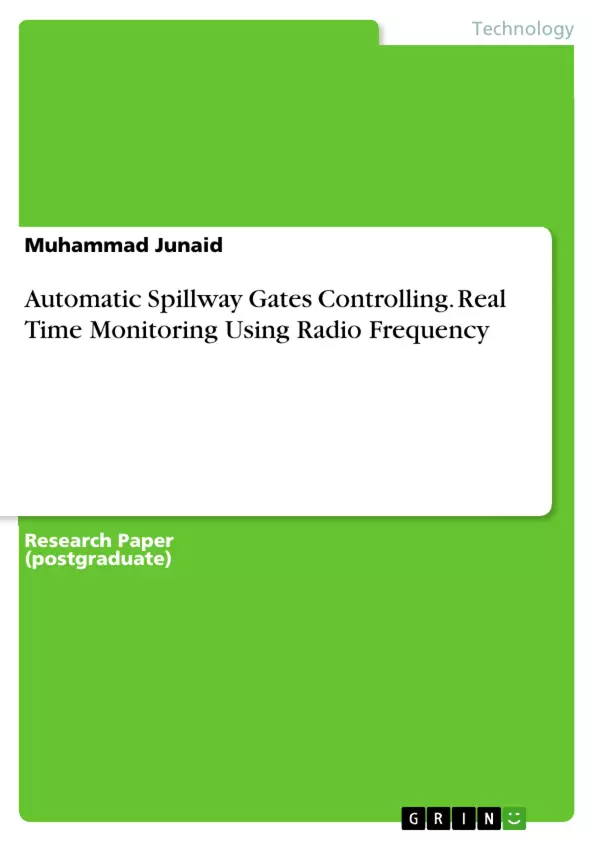The main objective of this Research project is to build such a prototype system which can control and monitor the flow of water from water reservoir. This new system uses microcontroller as a central part to sense the water through a NAND gate Integrated Circuit and inform the microcontroller. On the basis of gathered results the controller will open the solenoid valve and also will send the information to the main unit. On the main unit side this information will be displayed on the LCD (Liquid Crystal Display). Where for real time monitoring a wireless camera is used which sends the real time video to the receiver side through RF (Radio Frequency) module.
Table of Contents
- Abstract
- Keywords
- Introduction
- PHYSICAL MODELING AND HARDWARE IMPLEMENTATION PROCESS
- Block Diagram
- Circuit Diagram
- Hardware Implementation
Objectives and Key Themes
This research project aims to develop a prototype system for automatically controlling and monitoring the water flow from a reservoir. This system utilizes a microcontroller as its central component, employing a NAND gate integrated circuit for water level sensing. Based on the gathered data, the controller operates a solenoid valve and transmits information to a main unit, where it is displayed on an LCD screen. Real-time monitoring is achieved using a wireless camera connected to a receiver via an RF module.
- Automatic water flow control from a reservoir
- Integration of a microcontroller, NAND gate IC, and solenoid valves
- Real-time monitoring using RF communication and a wireless camera
- Display of water level information on an LCD screen
- Hardware implementation and interfacing of various components
Chapter Summaries
- Abstract: This section introduces the research project's primary objective, which is to construct a system capable of controlling and monitoring water flow from a reservoir. The system employs a microcontroller and various sensors to detect water levels and operate a solenoid valve, transmitting data to a main unit for display and real-time monitoring via a wireless camera.
- Introduction: The introduction highlights the historical challenges in water reservoir flow control and the development of gate systems for regulating water levels. The research proposes a system utilizing solenoid valves with multiple levels for precise water flow control, adjusting the number of activated valves according to the water level. This model includes an automated control mechanism and real-time monitoring capabilities using RF modules and a wireless camera.
- PHYSICAL MODELING AND HARDWARE IMPLEMENTATION PROCESS: This section delves into the hardware implementation process of the system, starting with a block diagram for simplifying the design. It describes the role of the solenoid valve in controlling water flow based on data gathered from the CD4011 water level monitoring IC. The section further explains the use of relays, relay driver ICs, and RF modules for communication between the transmitter and receiver sides of the system. The circuit diagram is detailed, showcasing the connections between various components and interfaces with the microcontroller. Hardware implementation is then discussed, outlining the physical connection of components based on the circuit diagram and providing details about specific components like the regulator, transformer, diode, capacitors, relays, NAND gate, and RF modules.
Keywords
This research project focuses on the design and implementation of a system for automatic spillway gate control and real-time monitoring of water reservoirs. Key terms include RF transceivers, spillway gates, dam, solenoid valve, and water level sensors. This system leverages microcontroller technology, RF communication, and wireless camera systems for comprehensive water reservoir management.
- Quote paper
- Muhammad Junaid (Author), 2015, Automatic Spillway Gates Controlling. Real Time Monitoring Using Radio Frequency, Munich, GRIN Verlag, https://www.grin.com/document/289146



